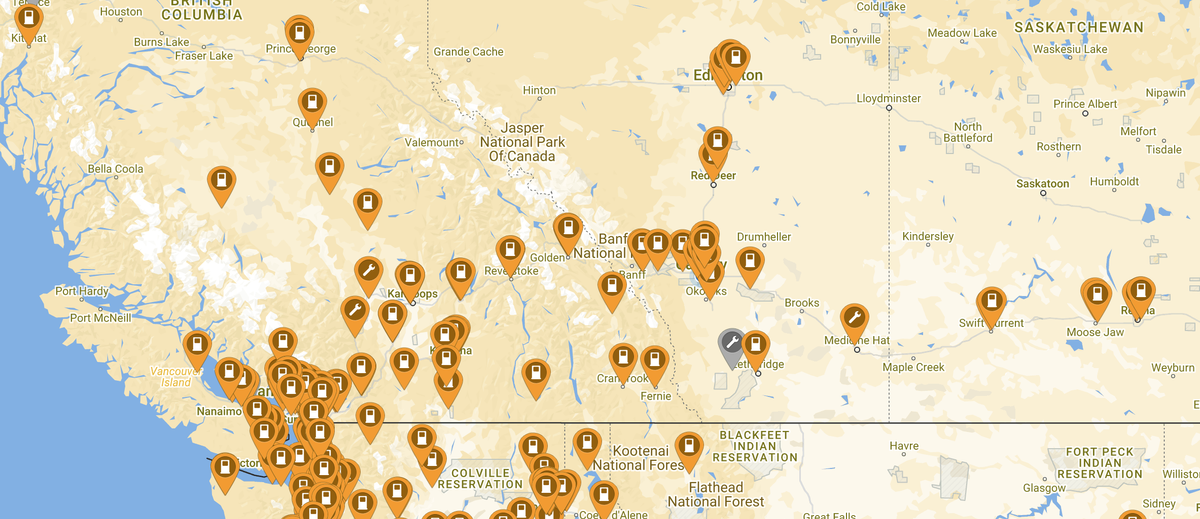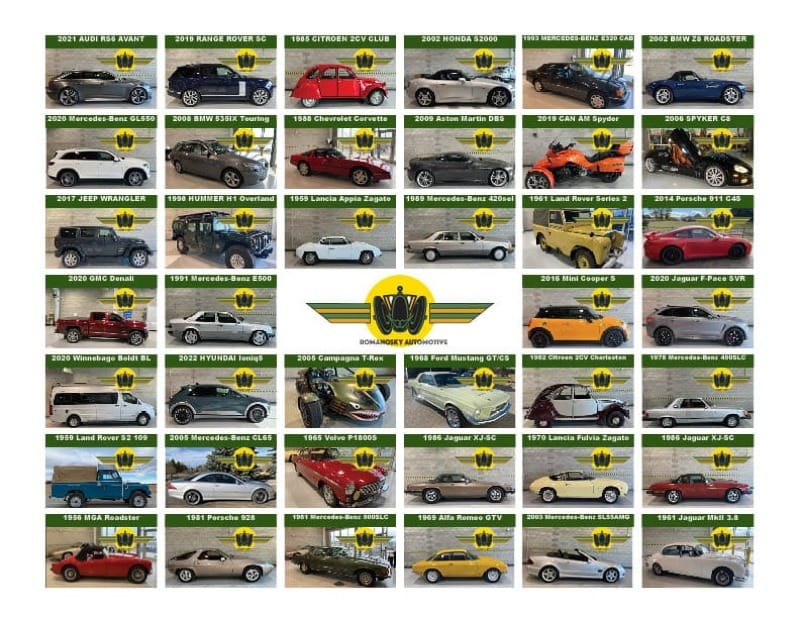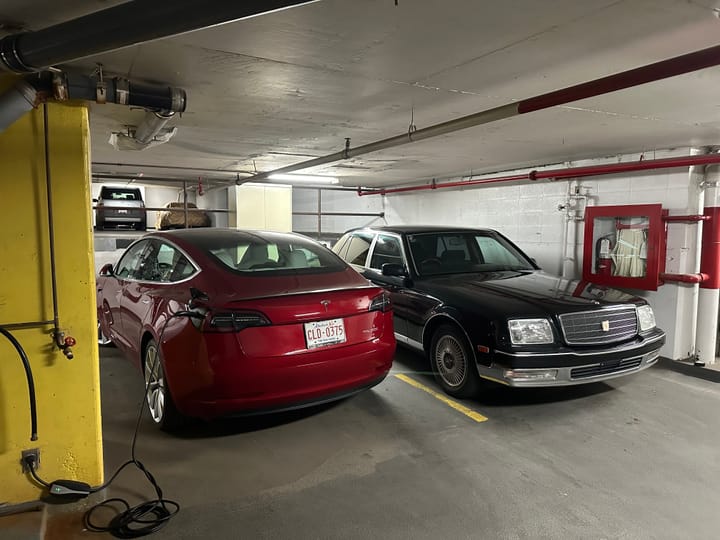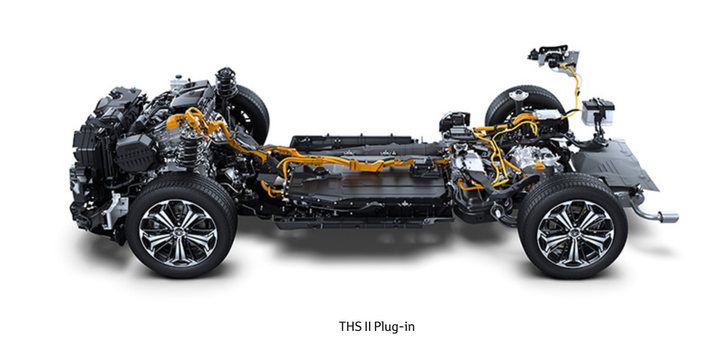Driving vs. Charging

The Metrics Behind Long Distance Travel by EV
Most evaluations of EVs are fixated on range and ‘range anxiety’, but I think most EV owners stop thinking about range right after they buy their vehicle. On a single charge, most EVs can comfortably exceed 300km. This is three or four times the distance most people drive in a day, after which the vehicle just gets plugged in and is fully charged for the next morning (providing there is place to park it). In a year of driving my Hyundai Ioniq 5, it almost never got below a 50% State of Charge (SOC), and it only took two or three hours to replenish the day's electricity with a level 2 home AC charger. This is the way the vast majority of the EVs get used (at least in Alberta), and the benefits of dramatically lower maintenance and running costs, the convenience of charging from home, pre-conditioning of the interior climate, and EV quietness and acceleration make it an easy choice for a city car.
Driving long distances in Canada in an EV is more complex and not necessarily a practical proposition - to a great extent it depends on what you are driving, where you are going and when.
Owners may indeed face some anxiety on longer routes, but not necessarily about range. It isn’t that their EV won’t get to get to the next DC fast charging station, which are typically 100km or less apart from one another (at least along the TransCanada Highway). It is whether the vehicle will charge when it gets there, and if so, how fast. Charging speed will determine how long you are parked before you can get back on the road again.
Electrical consumption is not emphasized on most manufacturer's web pages and buyer's guides. If so it is usually expressed in MPGe which is a cumbersome measure when trying to figure out how many kW of charge your car needs to go a certain distance*. The DC maximum charging rate is mentioned, but the average charging rate is isn’t, and they are always quite different. Manufacturers claims of charging from 20%-80% in so many minutes are best case scenarios that are rarely achieved in the real world - at least in my experience.
I would suggest the two metrics: average Electrical Consumption (kWh/100km) and the average Charge Rate (kW) are the two most straightforward measures to use for anybody planning to drive long distances in an EV. Keeping the units and measures in kW (power), kWh (storage) and kWh/100km (consumption), makes getting used to EV metrics much more straightforward than confusing yourself going back and forth between MPGe, Watts per mile or km, etc.
The EV’s electrical consumption will tell you how much electricity you will need to replenish at your next charging stop, and the average Charge Rate will tell you how long the vehicle will need to be plugged in to get it. Comparing consumption to charge rate will tell you how much time you will be driving vs. how long you will be charging.
A typical compact EV might use 20kW of power to propel itself at 100 km/hr. One hour of driving at this speed will use 20 kWh of electricity. The vehicle may have an 80kWh battery, in which case 25% of it will have been depleted. Using 100% of the battery capacity will get you 400km of range. If you stop to replenish the 20kWh that you used, and the charger gave you 100kW, it would take 1/5 of an hour to charge. Easy math.
In this example, the EV might have an average charge rate of 100kW during a 20%-80% charging session. If you drove the vehicle for 3 hours it would need 60kWh to replenish the energy that it just used. Charging at an average of 100kW to put in 60kWh would take 36 minutes (60kW/100kWh x 60 min).
At 100km/hr you would have covered 300km in 3 hours and then needed to stop and charge for 36 minutes. This leg of the journey would have taken just over 3.5 hours. A little bit longer than an ICE vehicle, but not far off, especially if you regularly stop for coffee/food or to check your email.
An electric truck might have the same range as the compact SUV due to its larger battery, but its consumption would be greater, and the time needed to charge longer. Electrical architecture and software being similar, the truck will take longer to get from A to B, because more time will need to be spent charging it.
An EV truck might use 30kW at 100km/hr. If you stuck to the speed limit the vehicle might use 90kWh to go 300km in the above example. You would need to replenish 90kWh which would take you 54 minutes (90kWh/100kW x 60min) at the end of the driving stint. The journey would have taken you close to 4 hours with one quarter of it charging. Pulling a trailer could double the charging time, adding an additional hour to the journey. It gets worse quickly if you increase your speed.
It also gets worse with cold weather; both in terms of consumption and charge rate. You can add 20% to the consumption and deduct 20% or more from the charge rate in -20deg C compared to +20 C. For the example of the compact EV above, the consumption would might go from 20kWh/100km to 24kWh/100km, and the charge rate might drop from 100kW average to 80kW. Then the car needs to replenish 72kWh at a charge rate of 80kW which works out to 54 minutes of charging for every 3 hours driving (72kWh/80kW x 60min).
The electric truck in winter might get 36kWh/100km and charge at an 80kW average. This means replenishing 108kWh with a charge rate of 80kW, meaning an hour and 21 min of charging to drive 3 hours (108kWh/80kW x 60min).
Expressing travel by EV with this ratio - time driving to time charging - reveals a massive variation from as little as 2:1 for an inefficient EV charging slowly in winter, to close to 9:1 for the most efficient EVs charging with the highest power in perfect conditions. The Lucid Air is the current long distance champ according my my calculations (15kWh/100km consumption, 300kW Max DC charge rate, 150kW average, less than 20min charge for 3hrs driving, 9:1 ratio driving to charging) and the Chevrolet Bolt with a maximum 50kW DC charge rate the worst.
This all assumes the charging stations and vehicles are working properly.
If you are evaluating purchasing an EV and plan on driving it long distances you really want to be confident in these metrics. YouTube is probably the best place to go for accurate consumption numbers as there are many excellent content providers who are testing EVs for range, consumption and charging speed. Out Of Spec Reviews is the most thorough in my opinion. https://www.youtube.com/@OutofSpecReviews
Plugshare, https://www.plugshare.com, provides detailed information on EV charging stations and driver reviews which can let you know what to expect from charging stations in your area.
The Tesla NACS network is the gold standard, and you can almost always rely on it to give you the kW that you expect. It is easy too - just plug your car in and it does the rest. The route planner built into the Teslas is excellent and will map out where you need to stop and for how long in order to complete your journey. Tesla cars are extremely efficient and you should be able to get the consumption down to 16-18 kWh/100km if you keep to the speed limit. Also, you can probably average more than 100kW at one of their V3 fast chargers, especially if you start the charge when the battery is at 20%. Consider time to get refreshments, use the washroom, check your emails etc. and a Tesla wouldn’t be materially slower than an ICE car on a long journey - at least on a major artery in good conditions. When Tesla made the Cybertruck, they engineered the battery pack to be able to take a higher charge rate than the cars, compensating for its greater consumption, and keeping the charge times similar.
The CCS network is a lot more spotty. You can have a seamless charge session where the charger recognizes the car, accepts payment, initializes, and then charges at an average 100kW or more for the session. Or not. My experience and seemingly lots of other people’s, is that it is something of a lottery what will happen when you pull in to charge. The stations may be out of order, may not connect to your car, may not be able to receive payment, charge very slowly, start charging and then quit for no apparent reason, etc. etc. It is common for EV drivers to have to try multiple chargers at a CCS station before they find one that works properly. Not good.
For both the Tesla NACS and CCS network, the high power (over 150kW) DC fast chargers, are only placed on major transportation corridors. What Tesla calls a 'Destination Charger' is mostly a Level 2 AC 10kW charger. Most of the Chargepoint and other EV chargers in the city have a 50kW maximum. There are only a handful of the 350kW stations from both networks in the Calgary area. Rural areas in the prairies are generally not serviced by DC fast chargers. Some of the maps showing EV charging stations can be misleading, as only a very small number of these will give you the kW you need for long distance travel (be sure to filter for the high powered ones).
This means that long distance travel by EV is either practical or impractical depending on what EV you are driving and when and where you are using it. In Canada, using a Tesla along the TransCanada Highway or other major arteries with the V3 350kW Superchargers works well. Off the beaten path, you can probably get where you are going, but it will be slow and inconvenient. For the Non Teslas, the CCS network just doesn’t work well enough for me to try long distance drives anywhere.
I’m not the only one who has come to this conclusion and it is the reason that Manufacturers are now cutting deals with Tesla to adopt to their NACS charging system and use the Tesla Supercharger network. The Tesla infrastructure still doesn’t address travelling by EV off the main transportation corridors, but at least it works travelling from city to city.
Its worth noting that Tesla appears to have looked at E-Mobility holistically: The combination of a well-developed and reliable fast charge network coupled with very efficient vehicles with low electrical consumption makes long distance travel practical. They even gave substantial thought as to what the charging experience might look like, and filled the cars with games, streaming services and easy connectivity. Most importantly they got it all to work properly.
The conclusion that I have come to is that EVs are far better cars for driving in the city as long as you have place to park and charge them. If you buy a Tesla, you can drive it in the city, and drive it city to city, but not to most rural areas without careful planning. If you buy a non-Tesla EV most likely it is only practical to drive on a regular basis within a 200km radius of your home charger so you may need a ICE vehicle or PHEV in the household for longer drives. If you have room for only one car, and want to drive on electricity, the answer is a PHEV.
*MPGe (miles per gallon of gasoline equivalent) or L/100KMe (Litres of gasoline equivalent per 100km) takes the energy contained in a measure of gasoline (33.7kWh), or Litre (8.9kW) and describes how far an EV will travel with that amount of electricity.





Comments ()